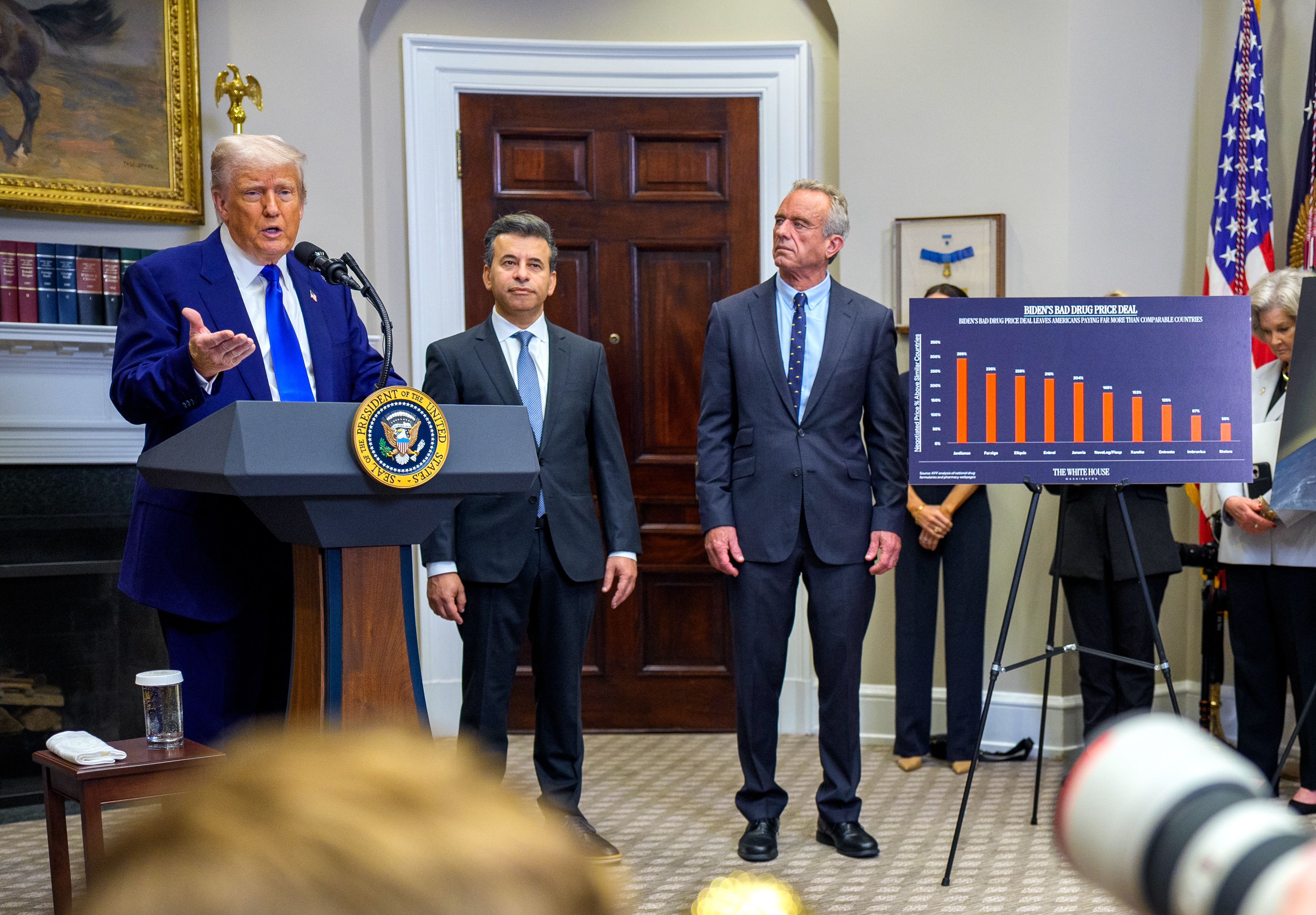News Analysis
Among U.S. President Donald Trump’s election promises was to bring down prices for Americans, and the latest move, targeting pharmaceuticals, could result in Canadians having to pay more.

Among U.S. President Donald Trump’s election promises was to bring down prices for Americans, and the latest move, targeting pharmaceuticals, could result in Canadians having to pay more.